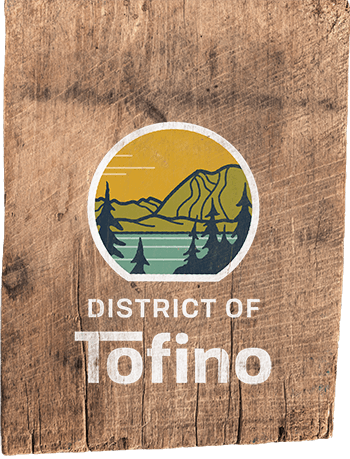Emergency Preparedness
Get Engaged & Be Prepared!
Emergency preparedness is vital for the safety and resilience of the Tofino community. Being prepared helps safeguard lives, property, and resources in the event of natural and human-made disasters. This page serves as a gateway, empowering every individual, business, and organization to be optimally ready for emergencies. Click the links below to explore free resources, materials, volunteer opportunities, and ways to stay informed during emergencies.
In an emergency, every second counts. Stay informed with Voyent Alert!, the District of Tofino’s official emergency notification system, which provides timely alerts to help you act fast and stay safe.
When emergencies happen, access to accurate and up-to-date information is critical. This page provides official updates and resources to help you stay informed.
Knowing the hazards in your community is the first step in staying prepared. Learn about the hazards that could affect Tofino and how to protect yourself and your loved ones.
Being prepared before an emergency happens can make all the difference. This page provides practical resources to help you create a solid emergency plan and ensure you have the necessary supplies.
During a crisis, community support is crucial. If residents need to evacuate their homes, the Emergency Support Services team can be utilized to offer vital services to evacuees.
When disaster strikes, knowing where to go for help is essential. The Emergency Reception Centre serves as a safe space for evacuees to receive shelter, support, and information.
Stay Informed
- Emergency Information page
- Social Media: Facebook | Instagram
- Newsletter: Sign Up
- Alert Systems: Voyent Alert!
- EmergencyInfoBC: Website | X

